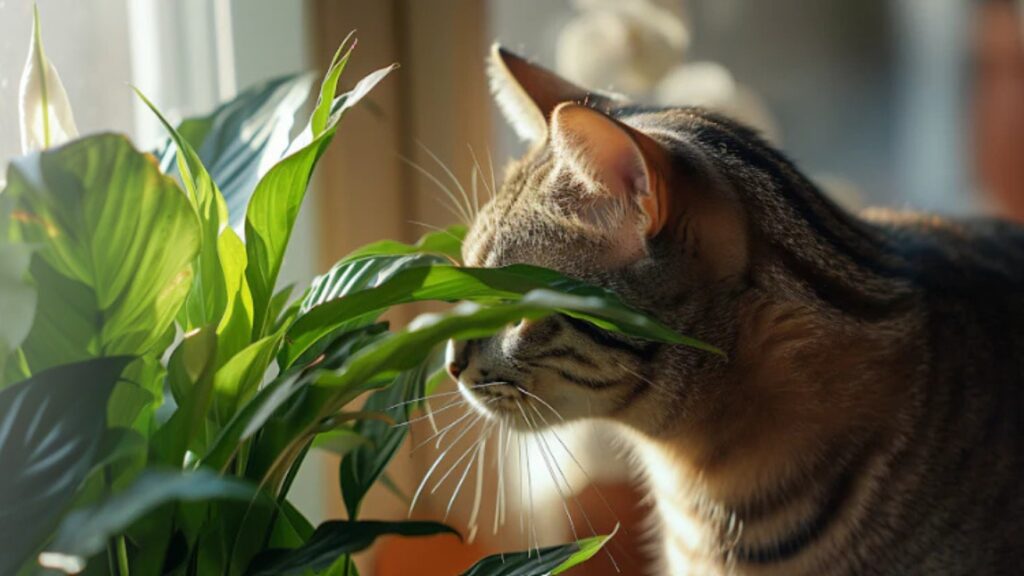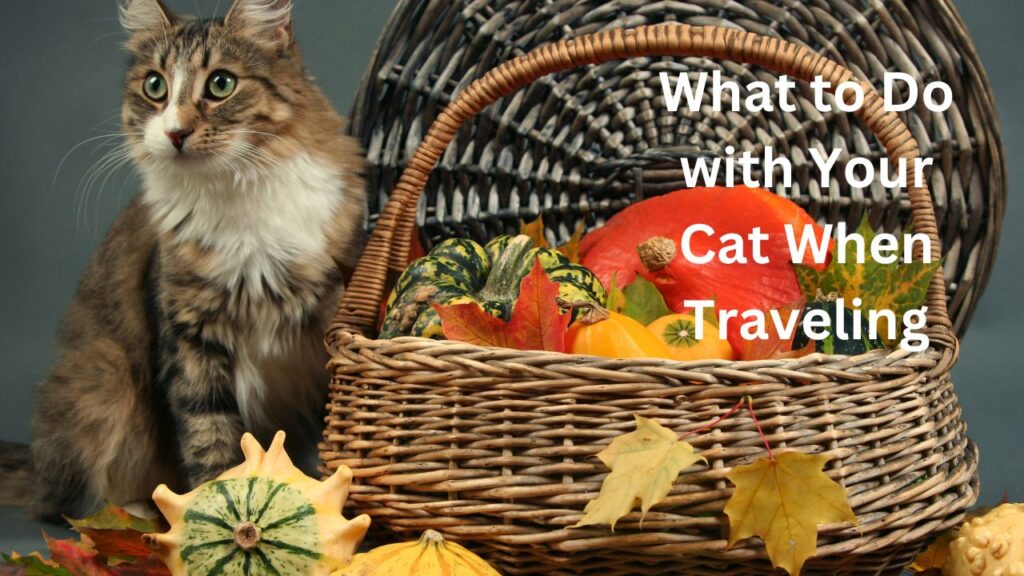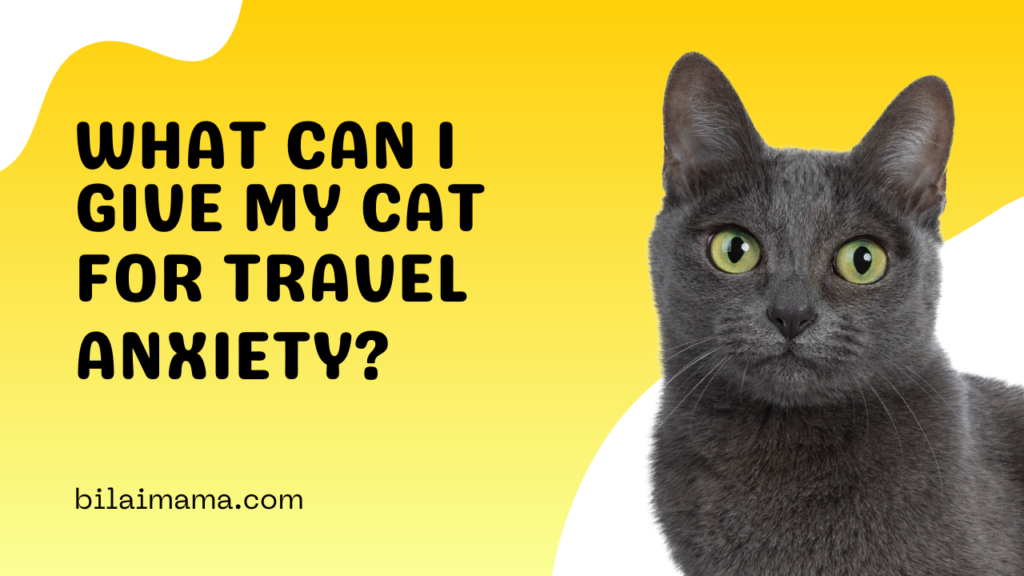Cats and houseplants often share the same living space, but this harmonious arrangement can sometimes turn into a battleground when your feline friend develops a taste for your beloved ponytail palm. How to stop cat from eating ponytail palm is a common concern among pet owners who want to keep both their greenery and their furry companions safe and happy. Let’s explore why cats are attracted to ponytail palms and uncover practical, humane ways to protect your plants without compromising your cat’s well-being.
Contents
Why Do Cats Eat Plants?
Before diving into solutions, it’s essential to understand the underlying reasons why cats nibble on plants. This behavior isn’t just random; it often stems from natural instincts and specific needs.
Natural Instincts
Cats are obligate carnivores, meaning their diet should consist primarily of meat. However, sometimes they seek out plants to aid digestion or to induce vomiting if they’ve eaten something unsuitable. Additionally, chewing on plants can be a way for cats to satisfy their curiosity or alleviate boredom.
Nutritional Deficiencies
Sometimes, cats may eat plants if they’re lacking certain nutrients in their diet. Ensuring your cat has a balanced diet can help reduce the urge to munch on your ponytail palm.
The Allure of Ponytail Palms
Ponytail palms (Beaucarnea recurvata) are popular houseplants known for their unique appearance and low maintenance. However, their texture and scent might be particularly enticing to cats.
Characteristics That Attract Cats
- Texture: The fleshy, fibrous stems of ponytail palms can be satisfying for cats to chew on.
- Scent: Some plants emit natural scents that are appealing to cats, encouraging them to investigate and nibble.
Risks of Cats Eating Ponytail Palms
While ponytail palms are not classified as highly toxic, consuming parts of the plant can still pose health risks to your cat.
Potential Health Issues
- Gastrointestinal Upset: Ingesting plant material can lead to vomiting, diarrhea, or abdominal discomfort.
- Blockages: In severe cases, consuming large amounts of plant fibers can cause digestive blockages.
- Allergic Reactions: Some cats may have allergic reactions to certain plant components, resulting in itching, swelling, or other symptoms.
Understanding these risks underscores the importance of addressing the behavior promptly and effectively.
How to Stop Cat from Eating Ponytail Palm

Now, let’s tackle the primary question: How to stop cat from eating ponytail palm. Here are several strategies you can employ to protect your plant and keep your cat safe.
Environmental Deterrents
Creating an environment that discourages your cat from approaching your ponytail palm is a proactive way to prevent unwanted nibbling.
Repellent Sprays
There are pet-safe sprays available that have unpleasant tastes or scents to deter cats.
- How to Use: Spray around the base of the ponytail palm or on the leaves, following the product’s instructions.
- Benefits: Non-toxic and easy to apply.
- Considerations: May need frequent reapplication, especially after watering.
Physical Barriers
Using barriers can physically prevent your cat from accessing the plant.
- Plant Covers: Decorative mesh or plastic covers can shield your ponytail palm from curious paws.
- Placement: Position the plant in areas that are harder for your cat to reach, such as higher shelves or hanging planters.
Scent Deterrents
Certain scents are naturally unpleasant to cats and can keep them away from your plants.
- Citrus Peels: Placing orange or lemon peels around the plant can deter cats.
- Essential Oils: Diluted peppermint or eucalyptus oil can be sprayed around the plant area (ensure it’s safe for cats).
Providing Alternatives
Redirecting your cat’s attention to more appropriate items can reduce their interest in your ponytail palm.
Cat Grass
Offering cat grass gives your cat a safe and satisfying alternative to chewing on houseplants.
- Benefits: Aids in digestion and satisfies their natural urge to chew.
- How to Grow: Easily grown in pots indoors, cat grass is readily available at pet stores.
Interactive Toys
Keeping your cat entertained with toys can prevent boredom-induced plant munching.
- Types of Toys: Puzzle feeders, feather wands, and laser pointers are great options.
- Benefits: Stimulates your cat’s mind and keeps them active.
Scratching Posts
Providing ample scratching opportunities can distract your cat from your plants.
- Variety: Offer different types of scratching posts, such as vertical and horizontal options.
- Placement: Position them near the plants to draw your cat’s attention away.
Training and Behavioral Techniques
Positive reinforcement and training can help modify your cat’s behavior over time.
Positive Reinforcement
Reward your cat for using their designated alternatives instead of the ponytail palm.
- How to Implement: Use treats, praise, or playtime as rewards when your cat engages with their toys or cat grass.
- Consistency: Be consistent with rewards to reinforce the desired behavior.
Negative Reinforcement
Gently discouraging your cat from approaching the plant can also be effective.
- Methods: A gentle spray of water or a firm “no” when you catch them near the plant.
- Caution: Avoid harsh punishments, as they can lead to fear or aggression.
Comparison of Deterrent Methods
| Deterrent Method | Type | Pros | Cons |
|---|---|---|---|
| Repellent Sprays | Chemical/Scent | Easy to apply, non-toxic options available | May need frequent reapplication |
| Physical Barriers | Physical | Provides a clear boundary | May not be aesthetically pleasing |
| Scent Deterrents | Natural/Essential | Safe alternatives like citrus and herbs | Some scents may need dilution |
| Cat Grass | Alternative Plant | Natural, beneficial for cats | Requires maintenance |
| Interactive Toys | Behavioral | Keeps cats entertained and stimulated | Need to regularly rotate to maintain interest |
| Positive Reinforcement | Training | Builds a positive association | Requires patience and consistency |
Providing Safe Plants
While you work on stopping your cat from eating your ponytail palm, consider adding other non-toxic plants to your home. This not only enriches your living space but also gives your cat safe options to chew on.
Safe vs. Toxic Plants for Cats
| Plant Type | Safe for Cats | Toxic for Cats |
|---|---|---|
| Ponytail Palm | No | – |
| Spider Plant | Yes | – |
| Aloe Vera | No | Yes |
| Catnip | Yes | – |
| Sago Palm | No | Highly toxic |
| Boston Fern | Yes | – |
| Philodendron | No | Yes |
| Areca Palm | Yes | – |
Additional Tips to Protect Your Ponytail Palm
Regular Maintenance
Keeping your ponytail palm healthy can reduce its attractiveness to your cat.
- Watering: Ensure you’re watering your plant correctly. Over or under-watering can make the plant more appealing to chew.
- Pruning: Regularly trim any dead or excess foliage to maintain the plant’s appearance and reduce temptation.
Environmental Enrichment
Enhancing your cat’s environment can decrease their interest in your plants.
- Vertical Spaces: Provide cat trees or shelves to give your cat places to climb and explore.
- Window Perches: Allow your cat to watch the outside world, which can be entertaining and distracting.
Consult a Veterinarian
If your cat’s plant-eating behavior persists, it might be worth consulting a veterinarian to rule out any underlying health issues or nutritional deficiencies.
Frequently Asked Questions
Is the Ponytail Palm Toxic to Cats?
While ponytail palms are not classified as highly toxic, ingesting parts of the plant can still cause gastrointestinal upset in cats. It’s best to prevent your cat from chewing on them to avoid any potential health issues.
How Can I Make My Ponytail Palm Less Attractive to My Cat?
Using environmental deterrents like repellent sprays, physical barriers, and providing alternative plants or toys can make your ponytail palm less appealing to your cat. Additionally, training your cat with positive reinforcement can help redirect their behavior.
What Are Some Safe Plants for Cats to Chew On?
Safe options include spider plants, catnip, Boston ferns, and areca palms. These plants provide a satisfying chewing experience without posing health risks to your feline friend.
Can Behavioral Training Really Stop My Cat from Eating Plants?
Yes, with consistency and positive reinforcement, behavioral training can effectively reduce your cat’s interest in eating plants. Rewarding your cat for using their alternatives helps reinforce the desired behavior.
What Should I Do If My Cat Eats a Large Amount of Ponytail Palm?
If your cat consumes a significant amount of ponytail palm, monitor them for symptoms like vomiting, diarrhea, or lethargy. Contact your veterinarian immediately if you notice any adverse effects.
Final Thoughts
Dealing with a cat that loves to munch on your ponytail palm can be frustrating, but with a combination of effective strategies and patience, you can protect both your plant and your pet. By understanding the reasons behind your cat’s behavior and implementing environmental deterrents, providing safe alternatives, and using positive reinforcement, you can create a harmonious living space where both your cat and your ponytail palm can thrive. Remember, every cat is unique, so it might take some trial and error to find the perfect solution for your furry friend. With a little effort and creativity, you can enjoy your beautiful ponytail palm without worrying about your cat’s curious nibbling.


